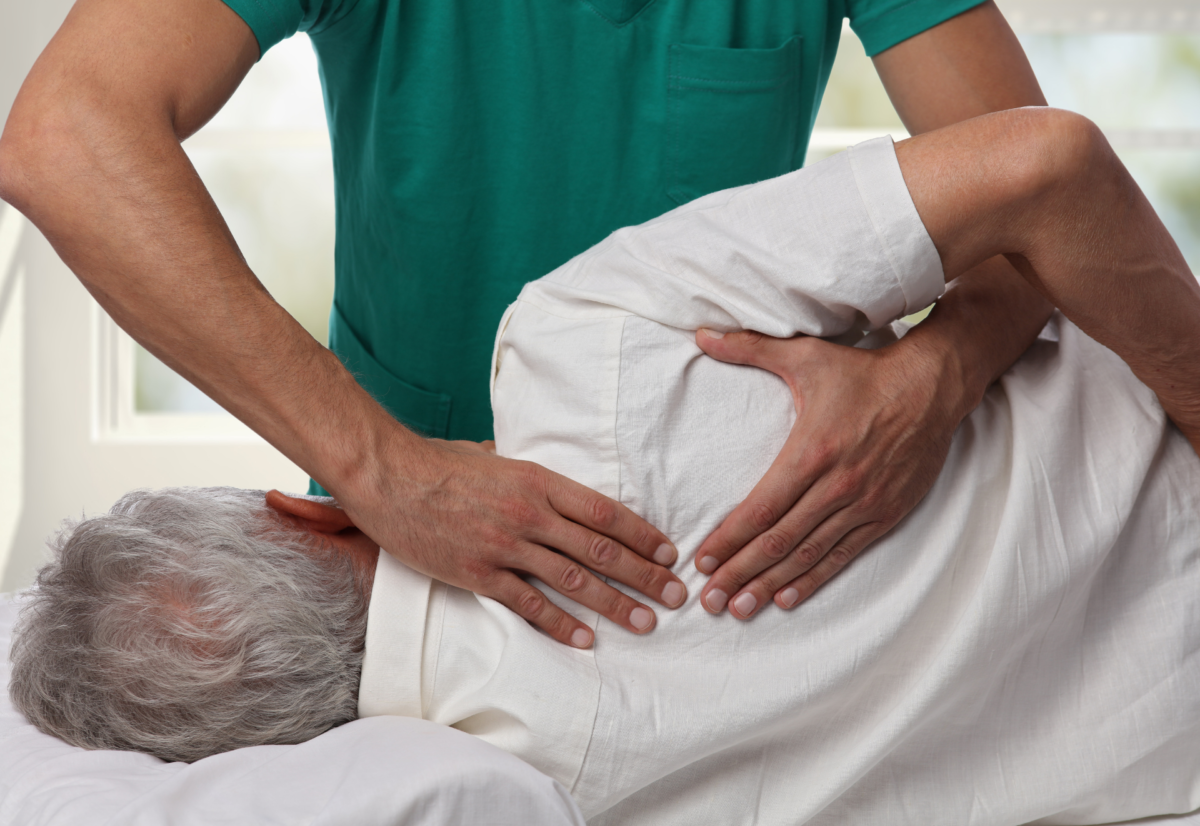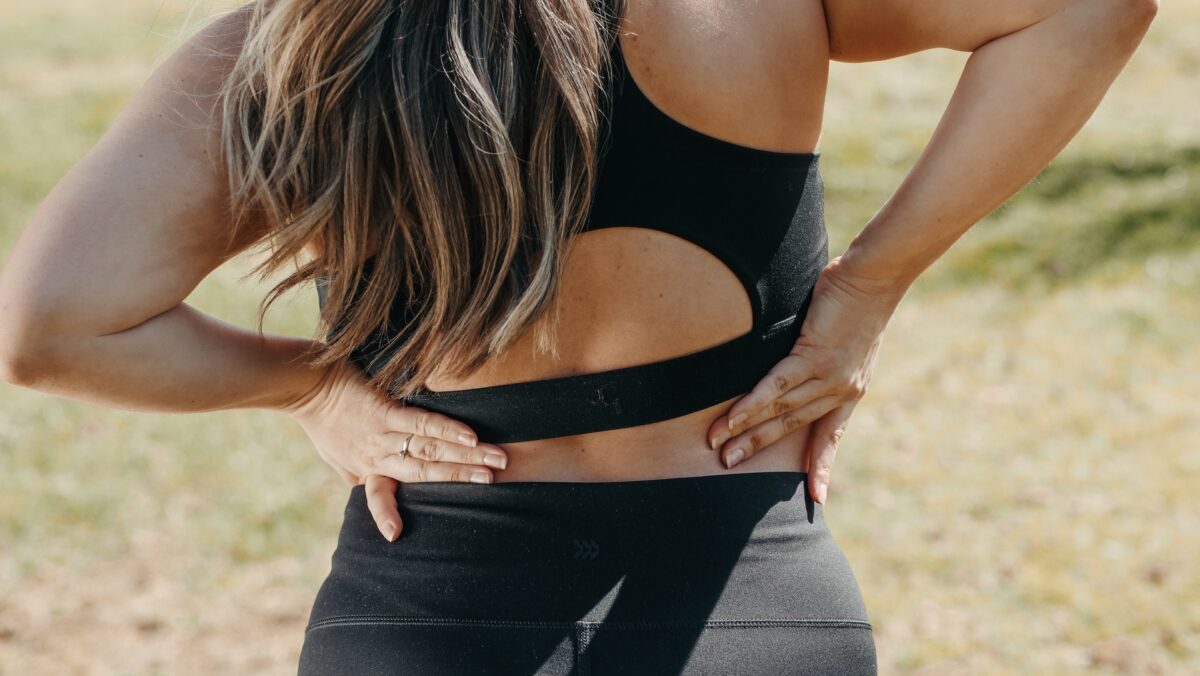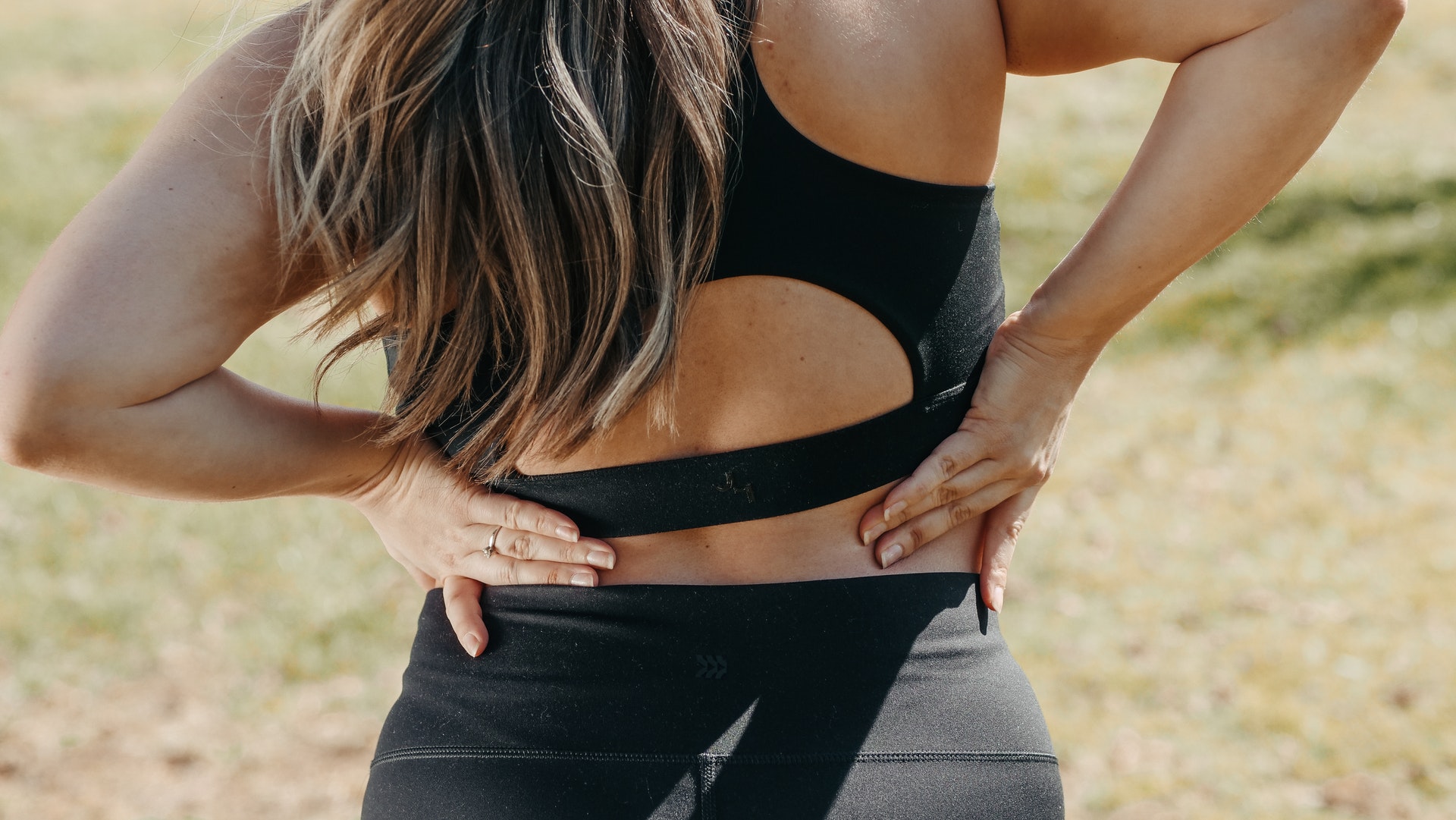Frozen Shoulder (Adhesive capsulitis)

Shoulder discomfort and reduced range of motion are classic symptoms of frozen shoulder. In most cases, frozen shoulder symptoms develop slowly, worsen over time, and eventually disappear on their own within a few years. As a result, it is sometimes referred to as a “self-limiting condition.”
An outer layer of connective tissue called the shoulder capsule surrounds the shoulder joint. This capsule is inflamed, thickens, and tightens in a frozen shoulder. This makes it difficult and unpleasant to move the shoulder.
Stages of frozen shoulder
Frozen shoulder develops in 3 stages-
- Freezing, or painful stage: Pain steadily rises, making shoulder motion more difficult. Typically, pain is felt across the outside shoulder area and occasionally on the upper arm. The pain is typically worst at night.
- Frozen: Progressive decrease of shoulder range of motion, despite the improvement of painful symptoms.
- Thawing: The patient regains the majority or all of his or her shoulder movement, but the process takes months or years.
Risk factors for developing frozen shoulder
Age: Adults, most commonly between 40 and 60 years old.
Gender: More common in women than men.
Periods of inactivity. Long periods of inactivity—from an injury, surgery, stroke, or illness—can lead to a frozen shoulder.
Diabetes: People with diabetes are also more likely to develop this condition.
What is the procedure for diagnosing a frozen shoulder?
Our specialist physiotherapist will conduct the following tests to determine if you have a frozen shoulder:
- Taking medical history and finding out clinical signs and symptom
- Examination and palpation of arms and shoulder
- Examining active range of motion and passive range of motion of shoulder joint.
- Examination of capsular pattern- loss of external rotation followed by flexion/abduction and then internal rotation.
Common signs and symptoms for frozen shoulder
- Intense pain in the shoulder joint. Occasionally, it may spread into the arm as well. It may be accompanied by upper back and neck ache.
- Due to the limited range of motion of the shoulder joint, the patient has trouble doing ADLs such as combing hair, suiting up, and reaching behind the back.
- Pain is often severe at night and frequently interferes with sleep.
- Guarded shoulder movements. Rounded shoulders and stooped posture
- Arm swing is reduced when walking
- Individuals who are affected generally keep their arm close to their body.
- Spasms of the muscles upper back muscles
Treatment for frozen shoulder
Typically, moist heat before joint movement, stretching, chosen range of motion exercises, low-level strengthening, and ice following activity or exercise is used to treat a frozen shoulder. It is critical for those who have a frozen shoulder to prevent reinjuring the shoulder tissues during their therapy. It is vital to avoid the following until fully recovered:
- With the affected shoulder, make abrupt and jerking movements.
- With the affected shoulder, perform strenuous lifting.
- Extensive overhead activity
- Inappropriate biomechanical manoeuvres
Stretching
For the purposes of this guide, stretching will really equate to static stretching. This means taking the joint to a certain point in the range of motion and holding that position for a specified amount of time. It does not mean bouncing up and down, rocking back and forth, or holding the stretch for any less than 5-10 seconds.
Stretching exercises for frozen shoulder
Pendular stretch–
- Maintain a comfortable stance with your shoulders while performing the pendular stretch.
- Lean forward and hang your arm toward the floor. Swing the upper body gently from side to side in a short circle.
- Allow the affected arm to hang vertically and swing in a small circle around the torso, approximately 1 foot in circumference.
- The arm moves in response to the swinging of the upper torso. If performed properly, the shoulder joint will feel a slight stress.
- The exercise can be performed for 5 minutes at a time 2-5 times per day, or as directed by your physical therapist.
- To advance the exercise and increase joint traction during shoulder pendulum exercises, the movement can be performed while clutching a tiny weight in the affected hand.
Towel stretch–
- Tie the towel’s two ends together behind your back.
- Using the good arm, pull the towel and the affected arm up toward the shoulder.
- Repeat it with another hand
- Ten to twenty times per day, repeat this procedure.
Finger walk
- Place yourself in front of a wall, keeping an arm’s length gap between you and it.
- Reach out with one arm and gently touch the wall with your fingertips, keeping your arm slightly bent at the waist.
- Slowly walk your fingertips up the wall, reaching as far as your arm comfortably allows.
- Retrace your steps down the wall to your starting positions.
- Rep 10–20 times more. Rep 10–20 times with the other arm.
Crossbody reach–
- Take a seat or stand.
- Lift your affected arm at the elbow and bring it up and across your body with your good arm, using slight pressure to stretch the shoulder.
- Maintain the stretch for 15–20 seconds.
- Repeat this procedure ten to twenty times per day.
Armpit stretch
- Lift the injured arm onto a shelf about breast-high using your good arm.
- Gently bend your knees, allowing your armpits to expand.
- Slightly extend your knee bend, gently stretching your armpit, and then straighten.
- Stretch slightly further with each knee bend, but do not strain it.
- Repeat this procedure ten to twenty times per day.
Forward flexion in a supine position
- Lie on your back, straightening your legs.
- Lift your affected arm overhead with your unaffected arm until you feel a mild stretch.
- Maintain for 15 seconds before lowering gradually to the beginning position.
- Remain relaxed and repeat.
Range of motion
These exercises involve basically moving the shoulder through its available range of motion at a predetermined speed and repeating the action for a certain number of repetitions.
The most critical aspect of these exercises is to remain aware of the range of motion that is tolerable in light of the pain. In other words, you should avoid attempting to increase range of motion at the risk of dramatically increased shoulder pain.
However, in more advanced cases of frozen shoulder, stretching may need to be more vigorous due to the loss of motion. The range of motion should improve gradually over time as the discomfort and stiffness diminish concurrently.
If you are one of those who suffer from frozen shoulder, please get in touch with us so that we can provide you with a thorough remedy in the comfort of your own home. Our specialist physiotherapist will do a physical assessment to rule out any other potential reasons for your pain and then build a personalized treatment plan to help you find relief from your discomfort as quickly as possible.





